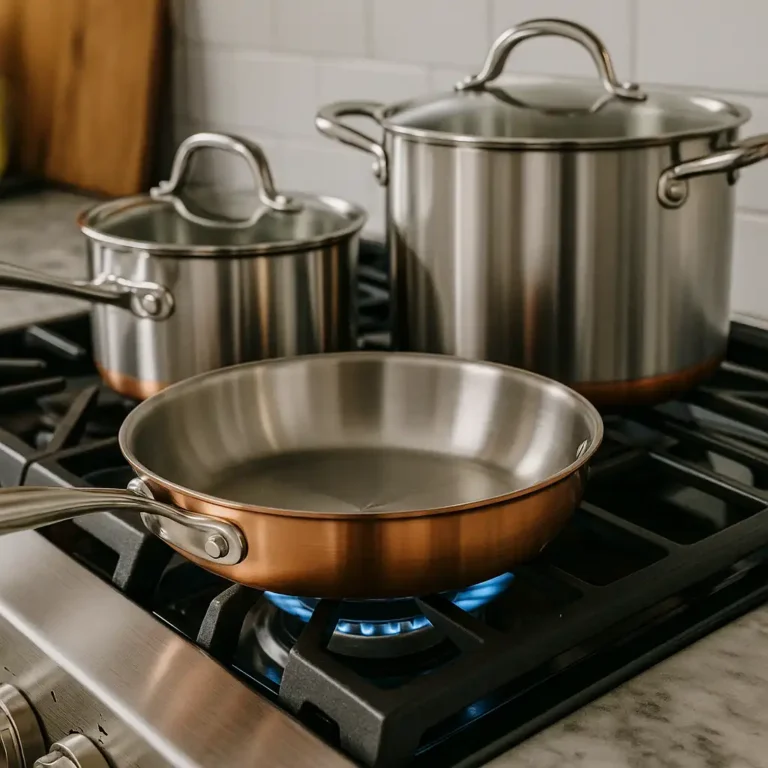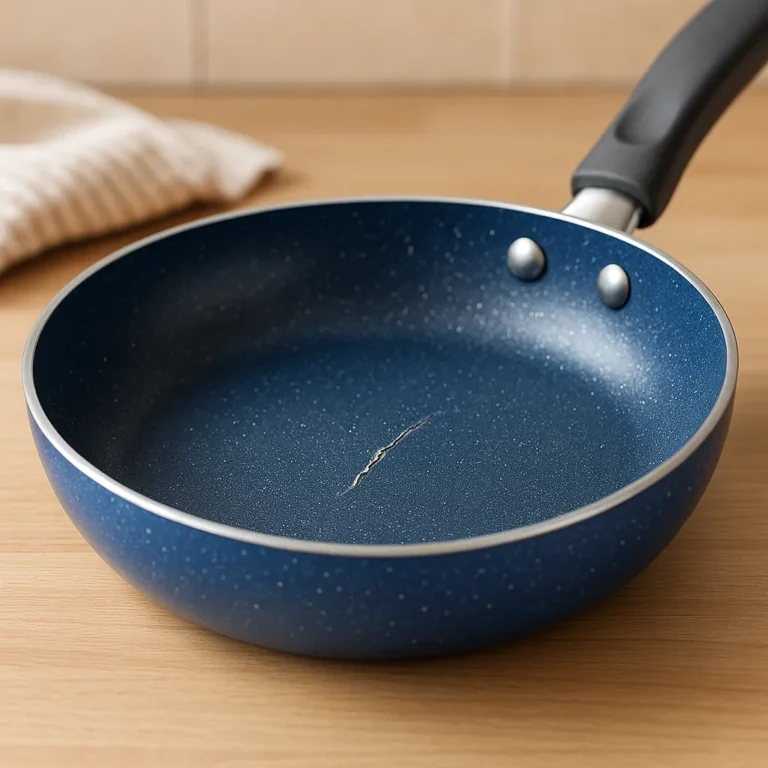GreenLife vs GreenPan Cookware: Everyday Cooks, Here’s What to Know
When it comes to nonstick cookware that’s safe, colorful, and practical for everyday use, GreenLife and GreenPan are two of the most popular choices. Both brands offer ceramic nonstick sets that are PFAS-free, easy to clean, and designed for modern home cooks who want healthier cooking without sacrificing convenience.
If you’re deciding between the two, there are a few key differences that can make one better suited to your kitchen than the other.
GreenLife Is Lightweight, Affordable, and Made for Everyday Meals
GreenLife’s Soft Grip 16-piece set is made with casual, daily cooking in mind. It’s light, easy to handle, and the soft-touch handles stay cool while you cook. The ceramic coating does a great job for most standard meals—think eggs, stir-fried veggies, or one-pot pasta dishes.
This set doesn’t claim to be professional-grade, but it holds up well for weeknight cooking and cleanup. It’s also dishwasher safe, which is a bonus when you’re short on time. If you like fun kitchen colors, GreenLife’s turquoise and pink sets make cooking feel a little more cheerful.
GreenPan Offers a Sturdier Build and Better Long-Term Durability
GreenPan’s Rio set brings a more solid feel to the table. The pans are heavier and have a reinforced Thermolon ceramic coating that, according to many users, holds up better over time—especially when you stick to medium heat and avoid metal utensils.
It’s still user-friendly and dishwasher safe, but it feels a bit more refined. This set can handle slightly more ambitious recipes and regular cooking without showing wear too quickly.
If you’re cooking more often or want a set that feels a little more premium, GreenPan might be worth the slight bump in price.
Cleanup Is Quick, But GreenPan Coating May Last Longer
Both brands make cleanup easy. Food releases quickly, and there’s no tough scrubbing needed. You can toss them in the dishwasher, though handwashing is always better for nonstick longevity.
Based on user reviews, GreenPan seems to keep its nonstick coating slick a little longer than GreenLife—especially with consistent use and good care.
GreenLife Takes the Lead in Ease of Storage
If storage space is limited or you just want something lightweight and easy to grab from the cabinet, GreenLife wins here. It’s easier to stack, lighter to lift, and ideal for smaller kitchens or apartment setups.
GreenPan’s sturdier design feels a little more substantial but also takes up slightly more space.
Check Price & Availability
Here’s where you can compare current pricing and see which set suits your cooking needs:
View on Amazon – GreenLife Soft Grip 16-Piece Cookware Set
View on Amazon – GreenPan Rio 16-Piece Cookware Set
Conclusion
If you’re cooking simple meals a few times a week and want something easy to use, clean, and store, GreenLife is a great choice. It’s budget-friendly and perfect for quick breakfasts, lunches, and dinners.
But if you’re cooking more frequently, want a nonstick surface that can hold up a bit longer, or prefer a sturdier feel, GreenPan might be the better investment.
Both offer safe, healthy alternatives to traditional nonstick pans, and either one will make life easier in the kitchen.






